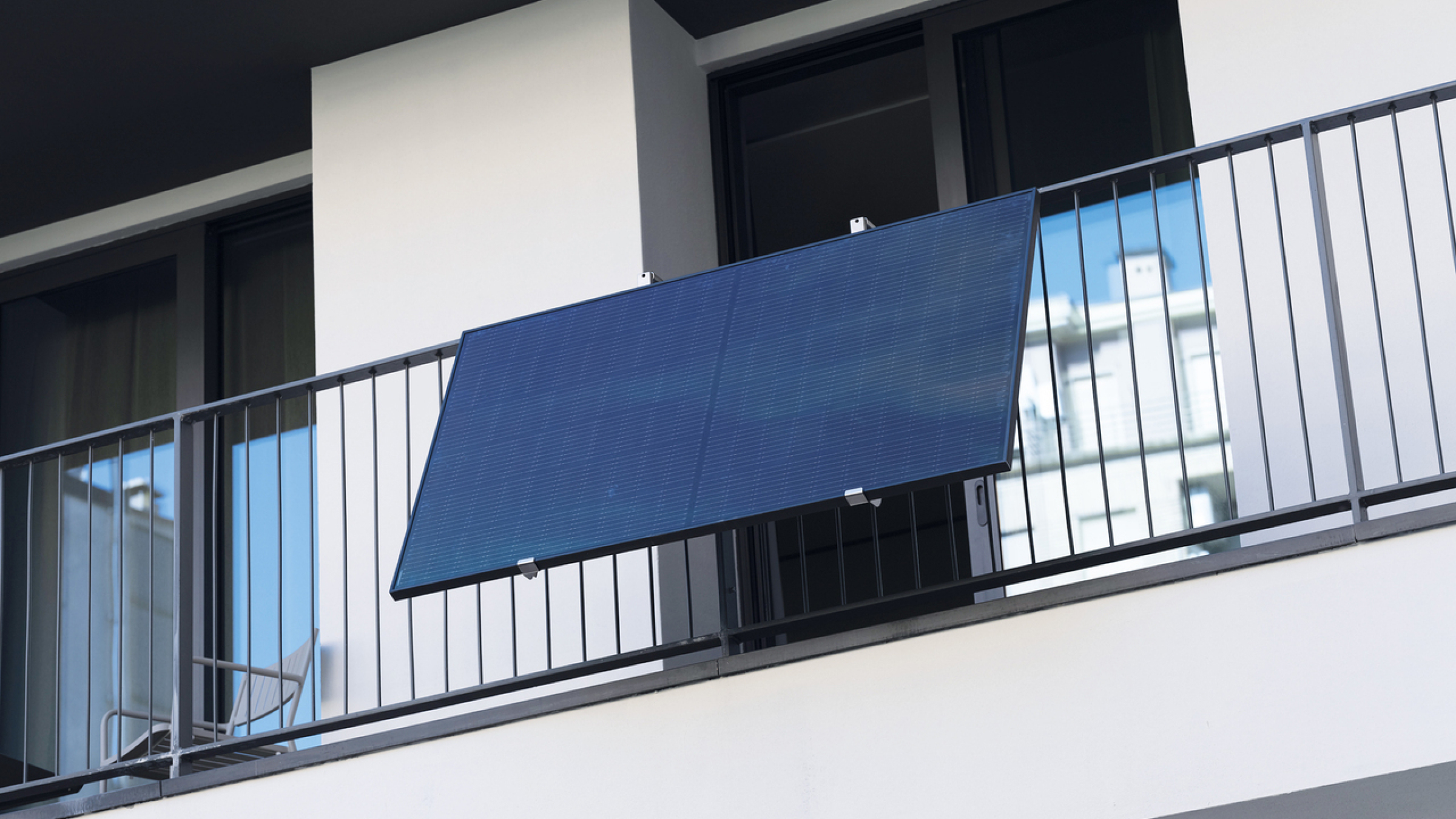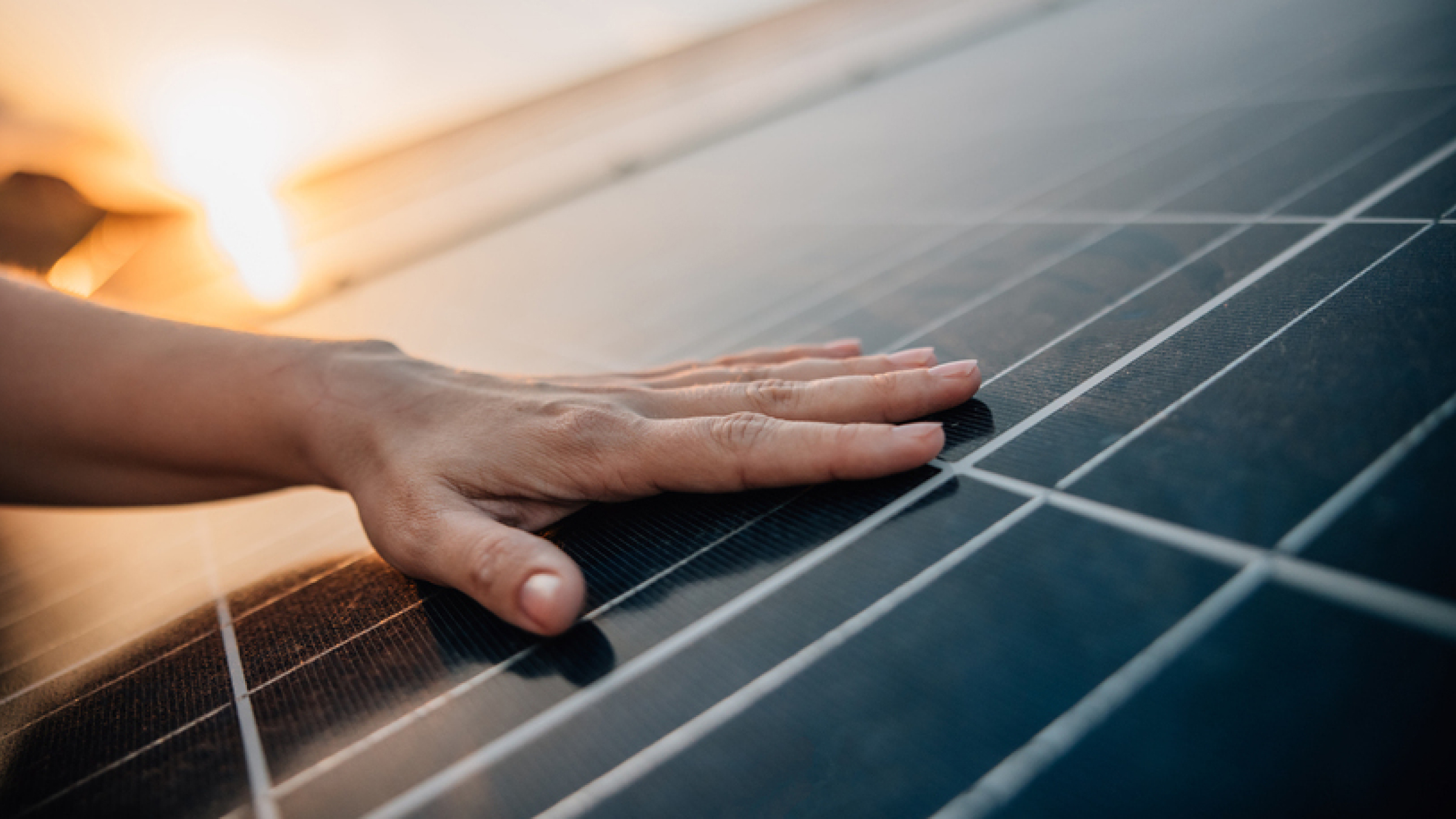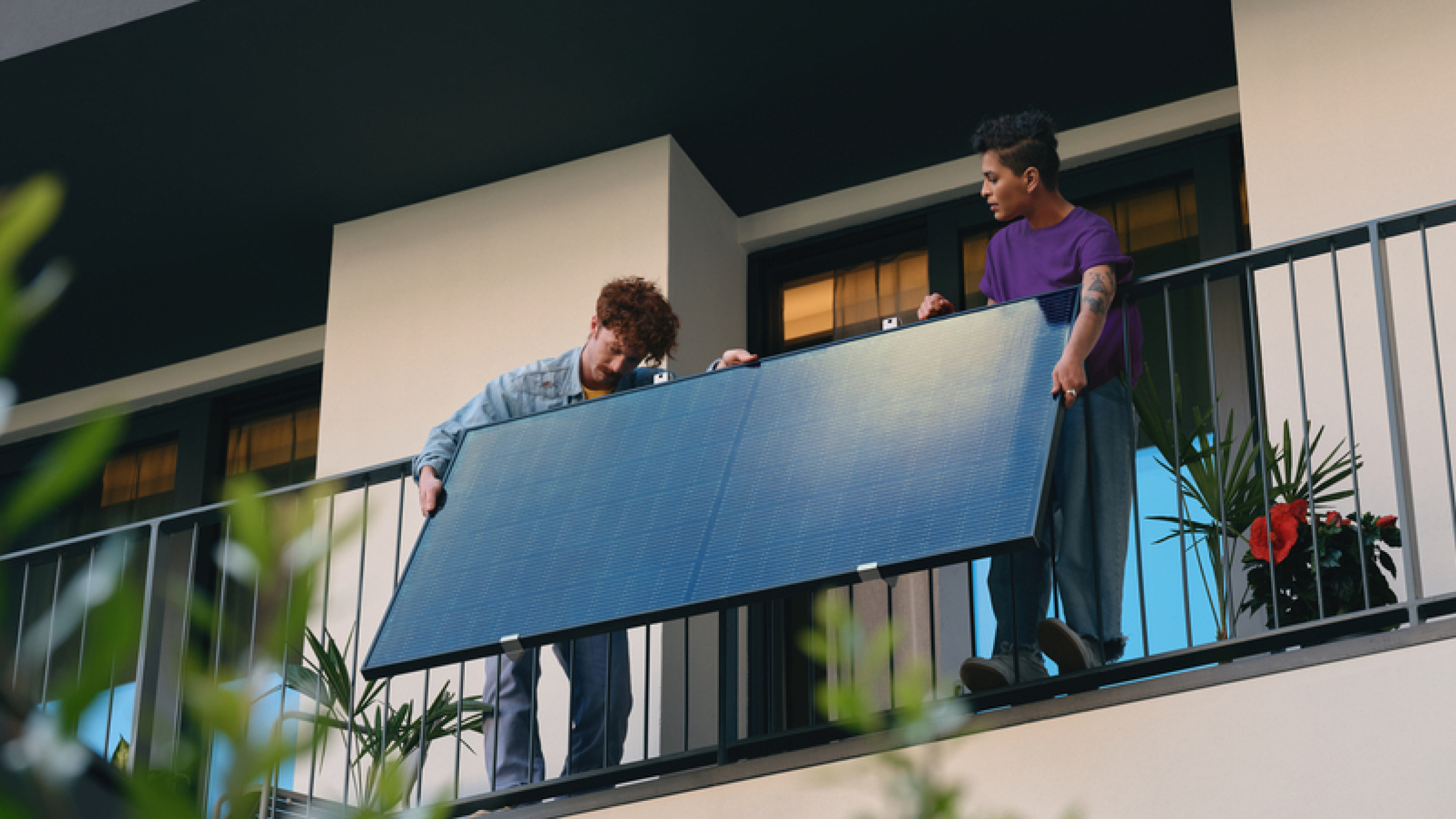ENEL SUN PLUG & PLAY: the photovoltaic balcony kit
ENEL SUN PLUG & PLAY: the photovoltaic balcony kit

Photovoltaics is rapidly becoming a must have, a trend due to the increased time spent at home, the wider use of devices such as smart home automation , the replacement of gas systems with electricity systems, the decrease in activities in the offices in favor of agile work and the increasing diffusion of charging stations for electric vehicles in garages and parking lots of private homes.
However, this does not always automatically translate into a solution within everyone's reach. It is not just an economic issue: often the biggest problem is the impossibility of installing a photovoltaic system on the roof due to lack of space or because the house in which you live is located in a condominium, with all the consequent practices and authorizations to follow.
There is, however, another solution. A convenient alternative that allows you to reduce your consumption, focusing on energy sustainability by reducing your bill costs.
The Balcony Photovoltaic Kit
It is a small, handy photovoltaic panel that can be installed quickly and easily on the balcony of any apartment. The system consists of a panel that produces direct current, which is then switched into alternating current by an inverter which injects the energy produced directly into the grid.
The impact on the bill depends on the efficiency and characteristics of the product, but there are some precautions that can significantly increase the yield:
- install the panel on a south-facing balcony;
- use the appliances more energy-intensive during the day instead of in the evening. This is because, in the event that a storage battery is not available, it is necessary to consume the energy when it is fed into the grid.
Furthermore, unless there are landscape or architectural constraints, no permits are required to install the photovoltaic panel for the balcony and immediately start saving, reducing costs in the bill and optimizing domestic consumption.
The obligations to be implemented consist of:
- in the prior communication to the condominium regarding the '' installation of a photovoltaic system intended for the service of one's apartment pursuant to Article 1122 bis of the Italian Civil Code;
- when sending the Single Communication (attached to ARERA Resolution no. 315/2020/R/eel).
In order to benefit from the tax deduction, it is also necessary to send a communication to ENEA.
Enel Sun Plug & Play for your apartment
Enel Sun Plug & Play is Enel Energia's 0.34 kWp photovoltaic balcony panel with railing guaranteed for 10 years. It is a convenient and innovative solution which provides for the possibility of deducting - in the presence of certain requirements established by the legislation - 50% of the expense from the personal income tax in ten annual installments or to benefit from the discount on the invoice with a final price of 324.50€ instead of 649€!
System installation is quick and easy. To connect it to the mains, you just need an electric plug with a dedicated socket. If you wish, you can also request the additional package which includes installation of the system by qualified technicians. With the installation you will have included a liability insurance valid for 5 years.
The Enel Sun Plug & Play includes:
- a 340 Wp power Jolywood photovoltaic module;
- Zucchetti Micro Inverter with integrated monitoring system;
- support structure supplied by Enel Energia equipped with railing bracket.
The thickness of the railing must be between 30 mm and 150 mm. If it is higher, it is necessary to request the self-supporting railing kit for installation in total safety.
Why it is convenient
Photovoltaics, until a few years ago destined almost exclusively to the roofs of single homes, thanks to the greater efficiency of the systems and the reduction of production costs, is becoming more and more convenient and an excellent solution to reduce the costs of energy of apartments and condominiums. It can also be thought of as a solution for second homes where we consume more at specific times of the year, such as holidays or summer.
What are you waiting for? For more information from one of our specialists on the possibility of installing the balcony photovoltaic kit in your apartment request a consultation.
Frequently Asked Questions
The dimensions of photovoltaic panels can vary. On average, a balcony/wall module has a width of 1.7 meters and a length of 1 meter. Of course, it is possible to install more than just one panel, since the Regulatory Authority for Energy, Networks and Environment (ARERA) provides a simplified procedure for photovoltaic systems with a nominal power of less than 800Wp.
In particular, for powers up to 350Wp (equivalent to a single balcony photovoltaic panel) you will only need to send the "Single Communication" to the network operator. The competent distributor, if necessary*, will reprogram the meter within 5 days.
For powers between 350 and 800Wp, you will also need to send the following to the network operator:
- the single-line electrical diagram (the document that technically describes the installed system) drawn up by a qualified technician;
- the declaration of conformity of the production plant to the rules of art pursuant to current legislation;
- the declaration of conformity of any installed static conversion and interface devices;
- the operating regulation signed by the producer.
Above 800Wp of power, the installation will not be able to follow the simplified procedure.
*_Article 13ter.2 of the Consolidated Text of Active Connections (TICA) provides that: “The distribution company, within 5 (five) working days of receiving the Single Communication: a) only in cases where the production plant with a power of less than 800 W is connected through a connection point equipped with a meter that, following a reprogramming intervention, can be enabled to detect both the electricity fed into and the electricity drawn, carries out the reprogramming of the bidirectional meter in order to activate the detection of the electricity fed into the grid by the production plant with a power of less than 800 W; (…)”
No, photovoltaic systems are programmed to operate only in the presence of a meter. As required by the CEI 0-21 regulation that governs photovoltaics in Italy, if there is no electricity in the home, the inverter that converts direct current to alternating current cannot activate, the system shuts down, and the panels cannot be used.
Yes. Remember, however, that in order to function, photovoltaic systems require that electricity be active. If the meter is disconnected, the panels will not be able to produce energy.
The photovoltaic system allows you to achieve greater energy autonomy and increase the available power of the house. Although a photovoltaic system with island operation, i.e., capable of operating without the support of external energy sources, is technically feasible, it is always advisable to maintain the connection with the electricity grid, when present.
Depleted photovoltaic panels are classified as WEEE (Waste Electrical and Electronic Equipment) and must be disposed of according to the procedure provided by the GSE (Gestore dei Servizi Energetici - Energy Services Manager). Learn more in our article on photovoltaic panel disposal.






